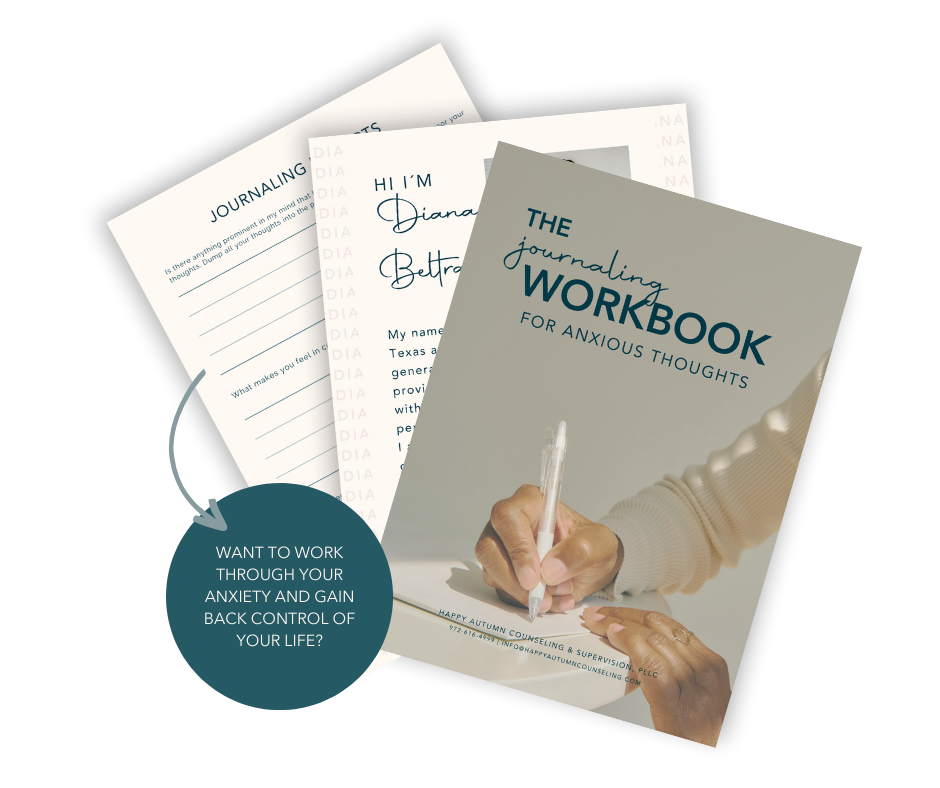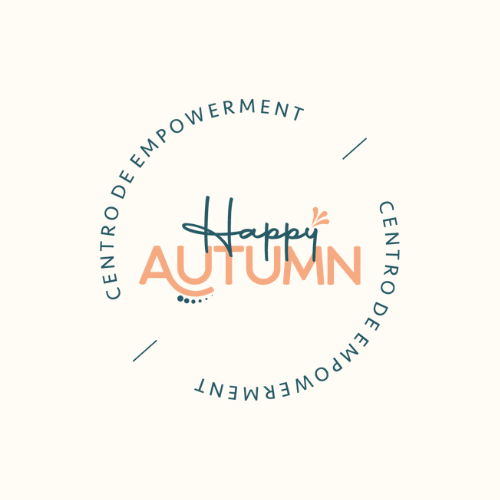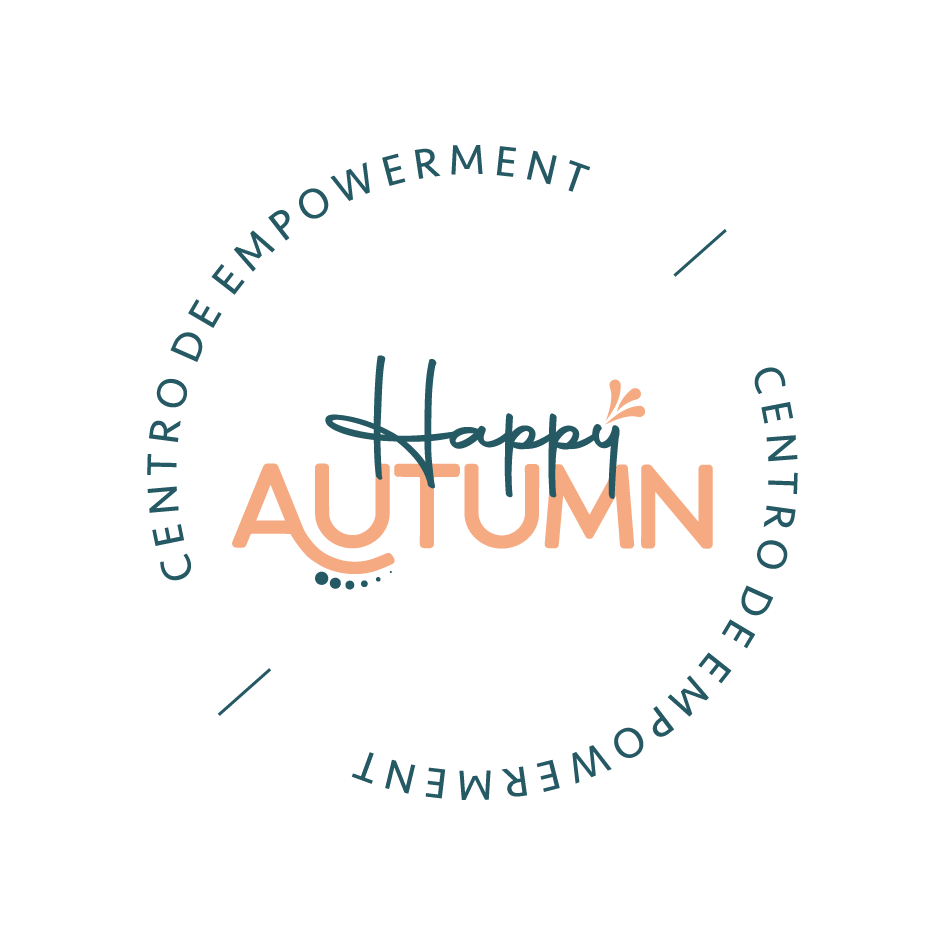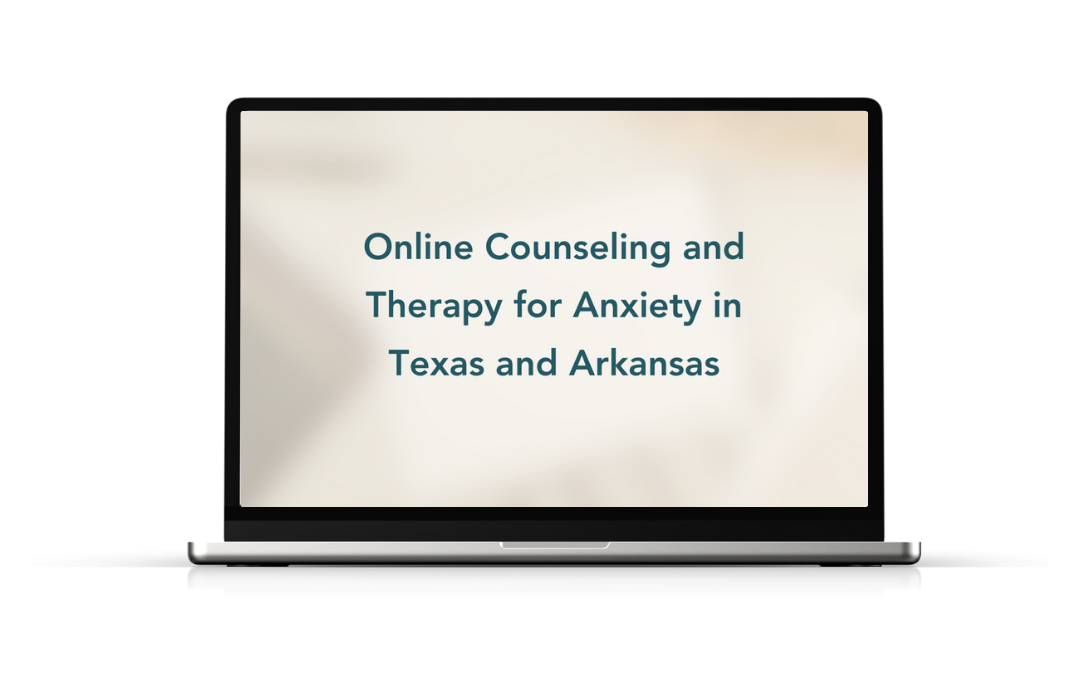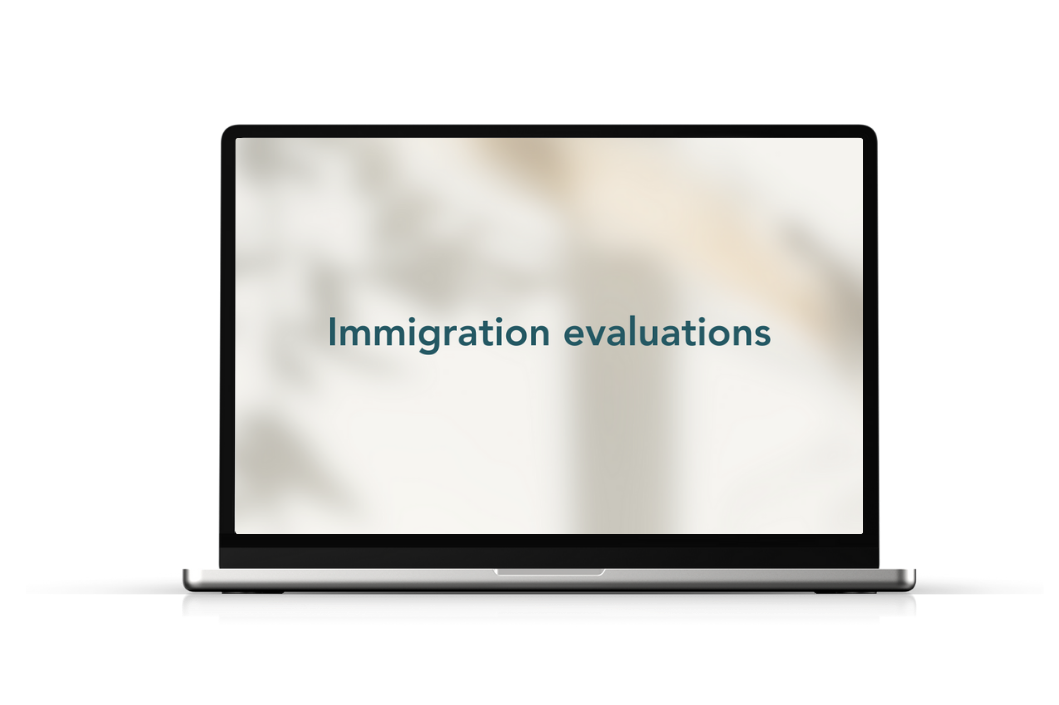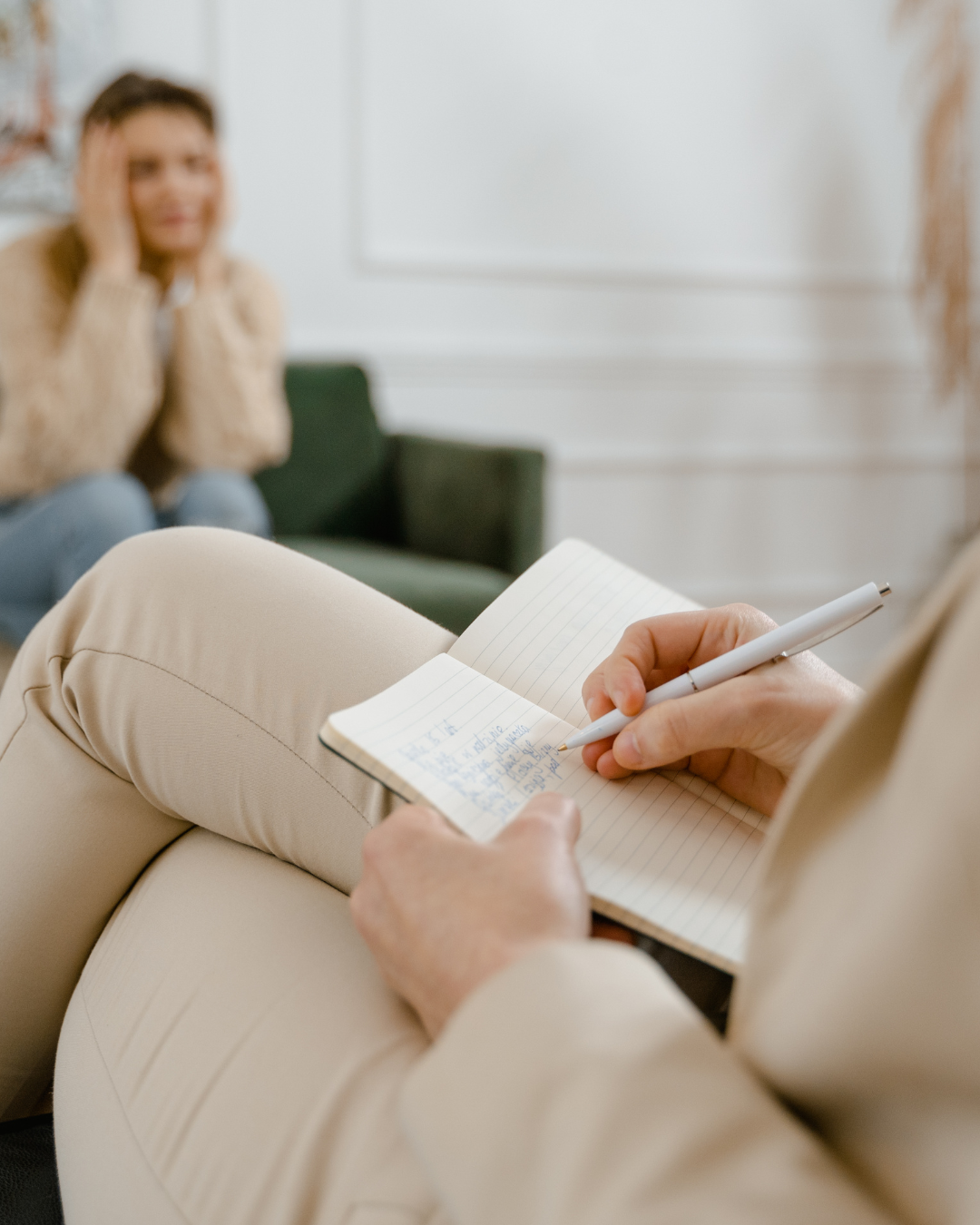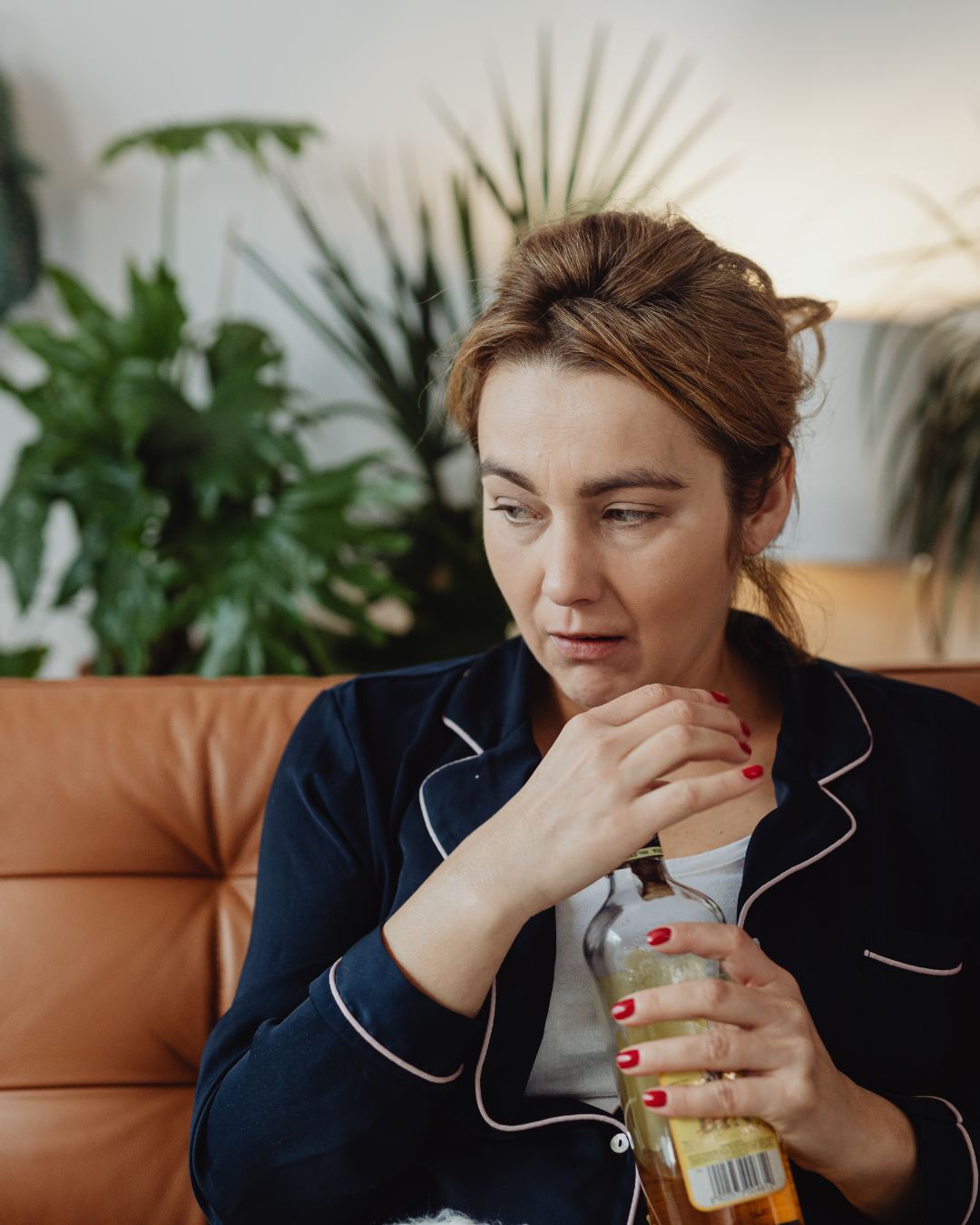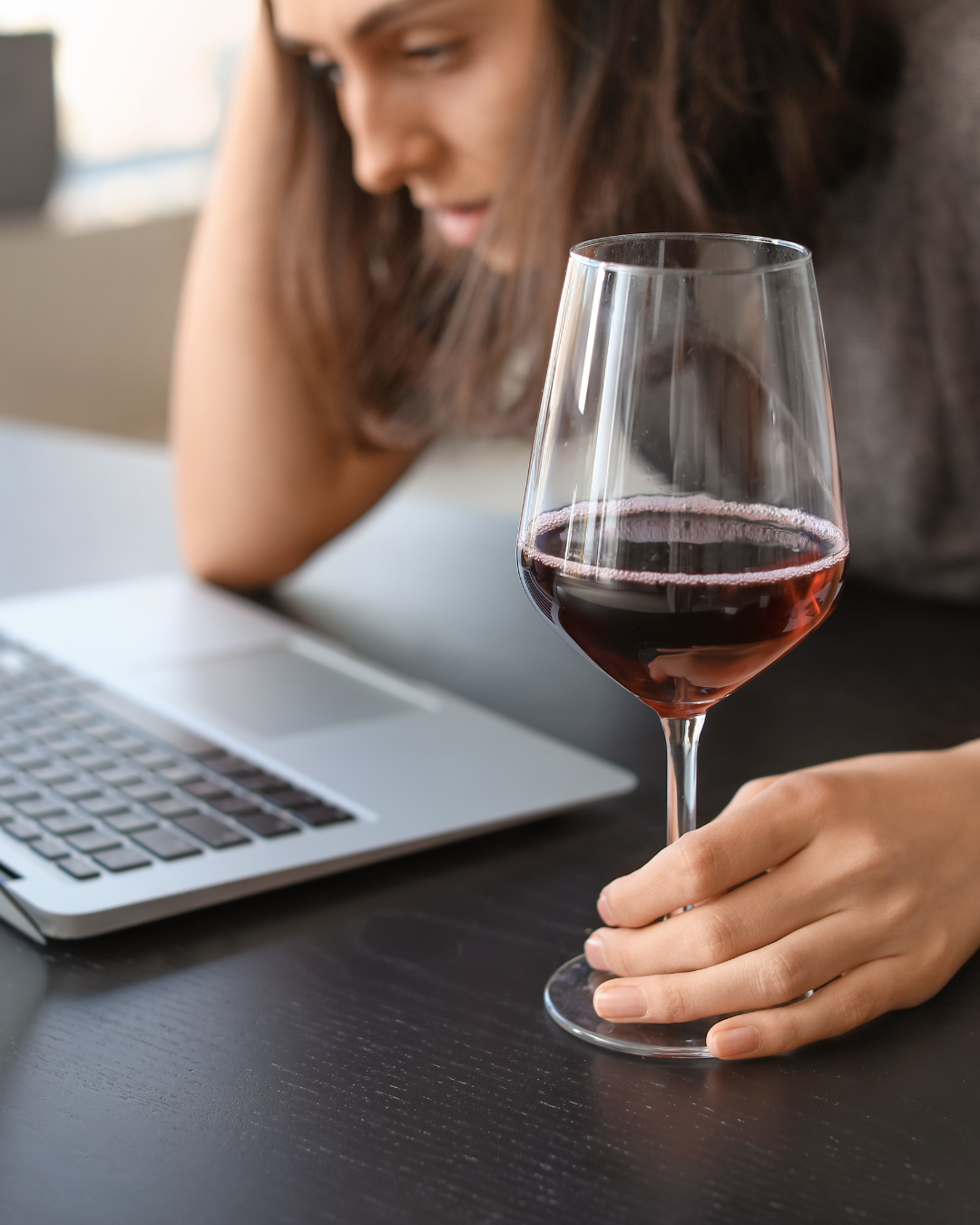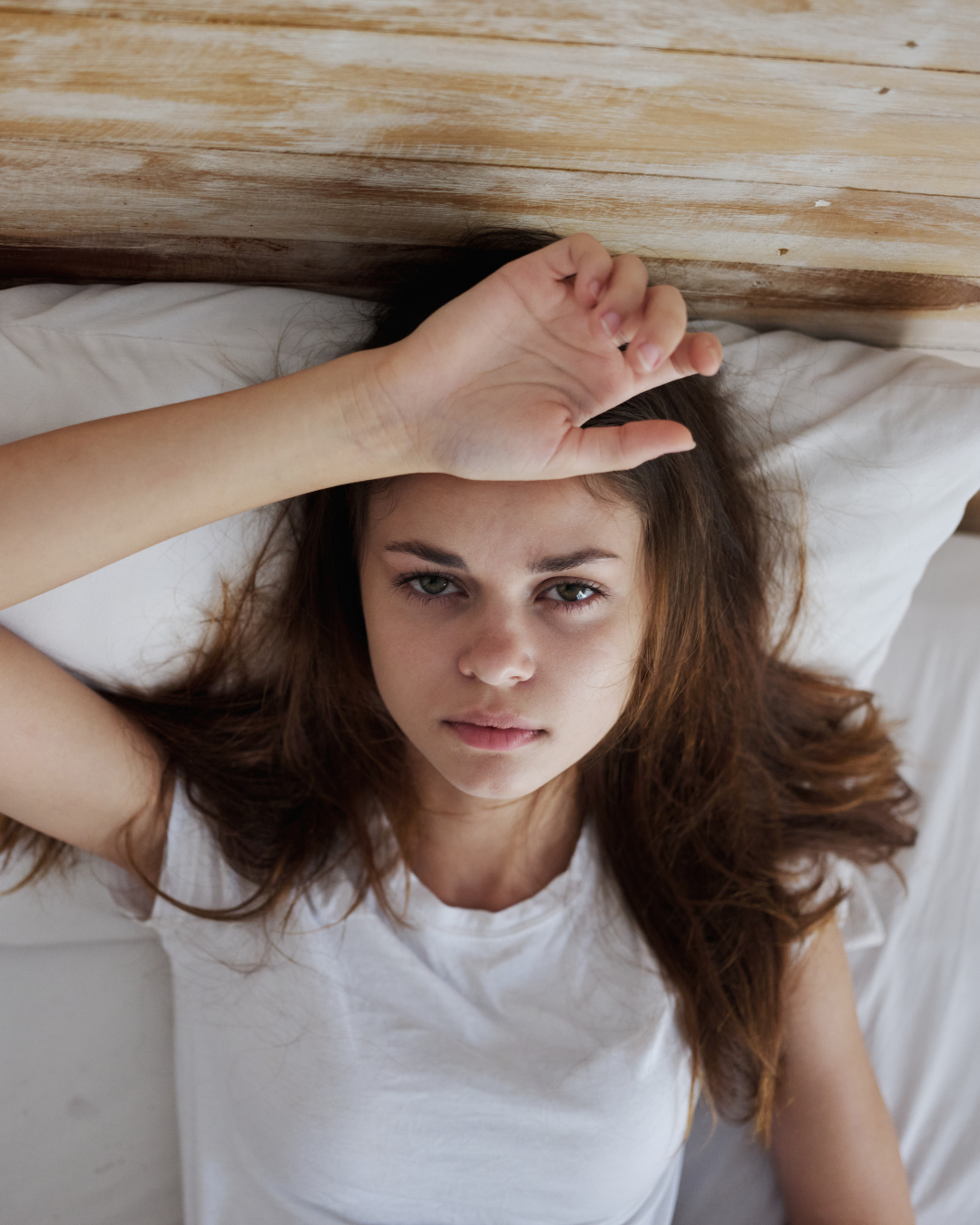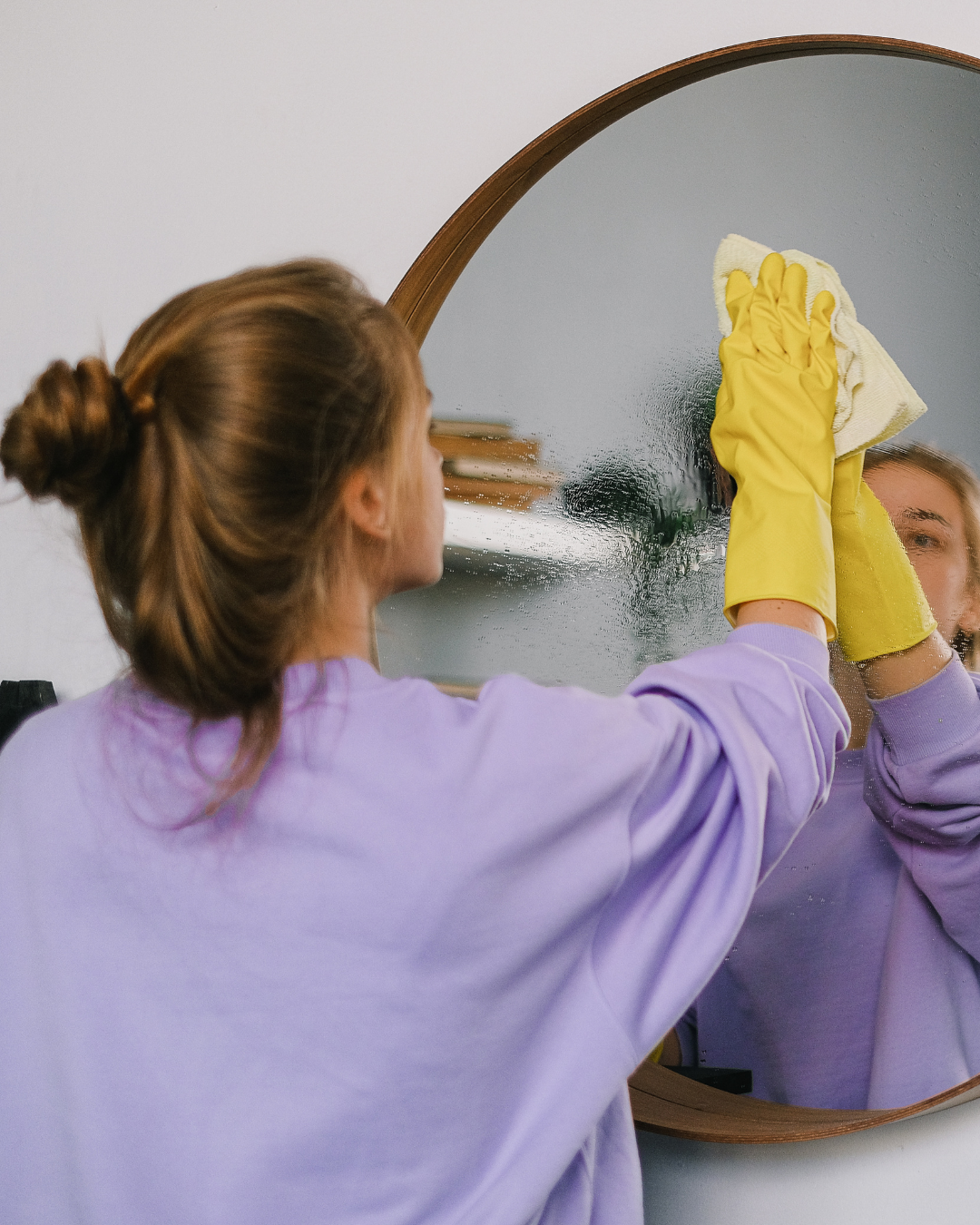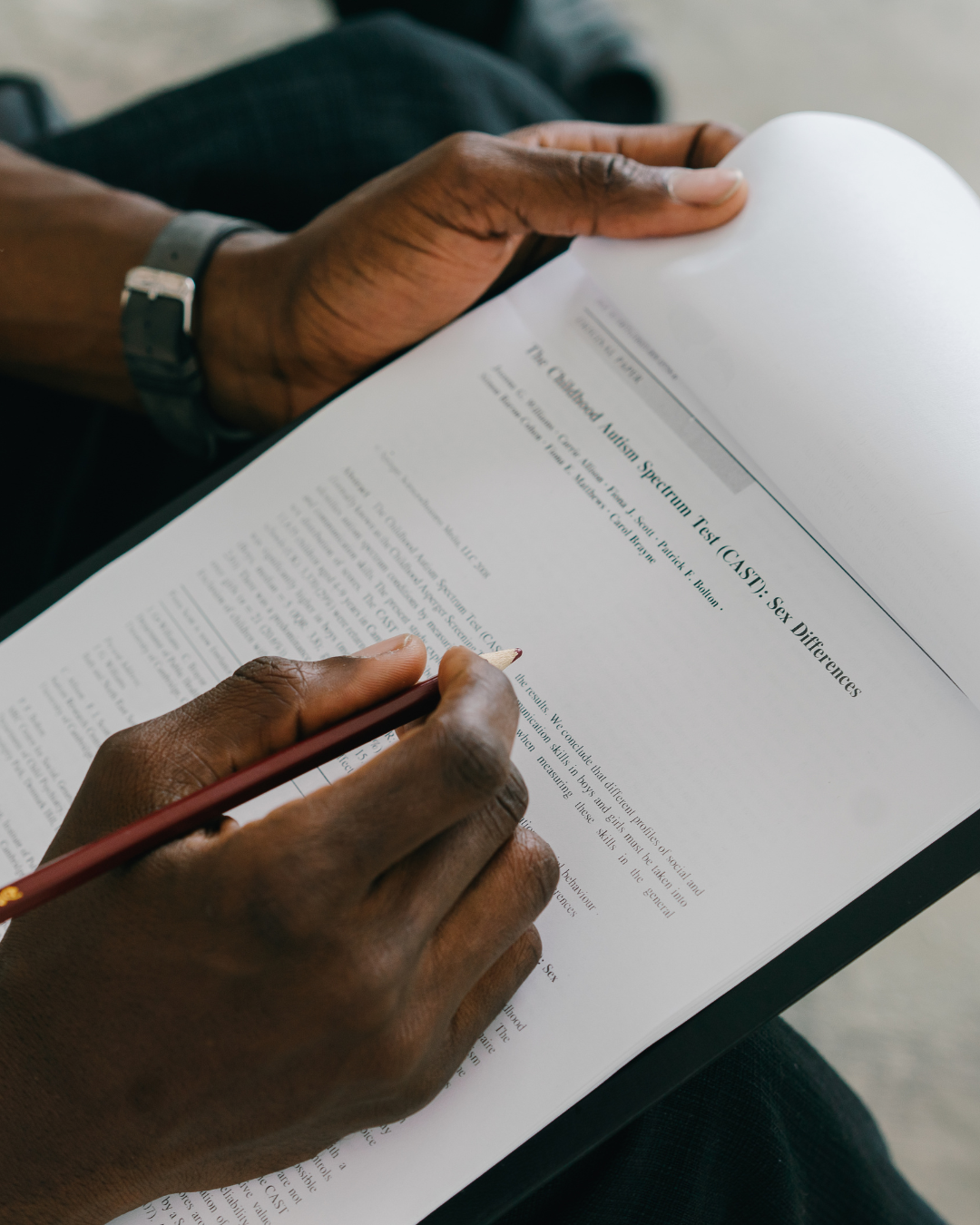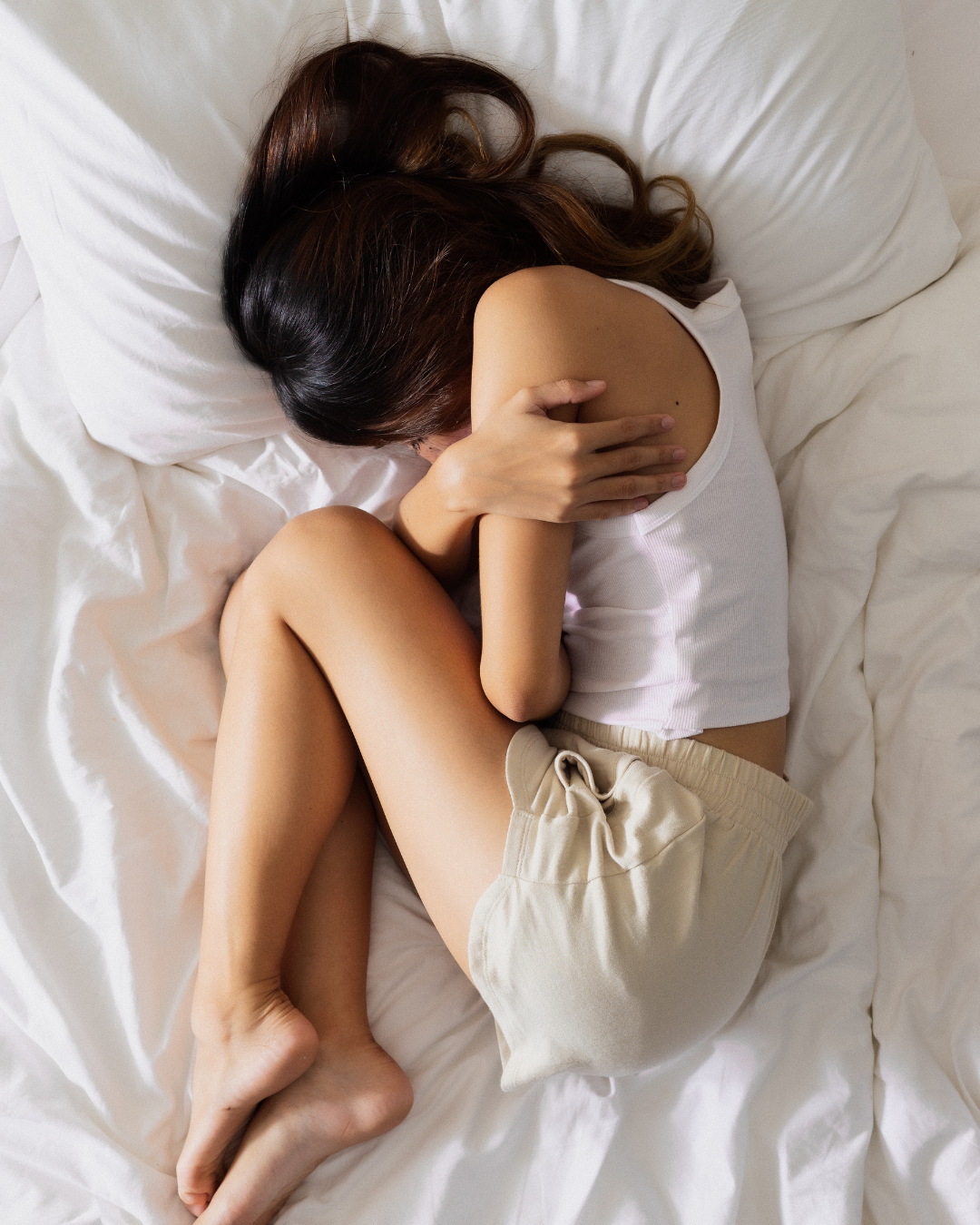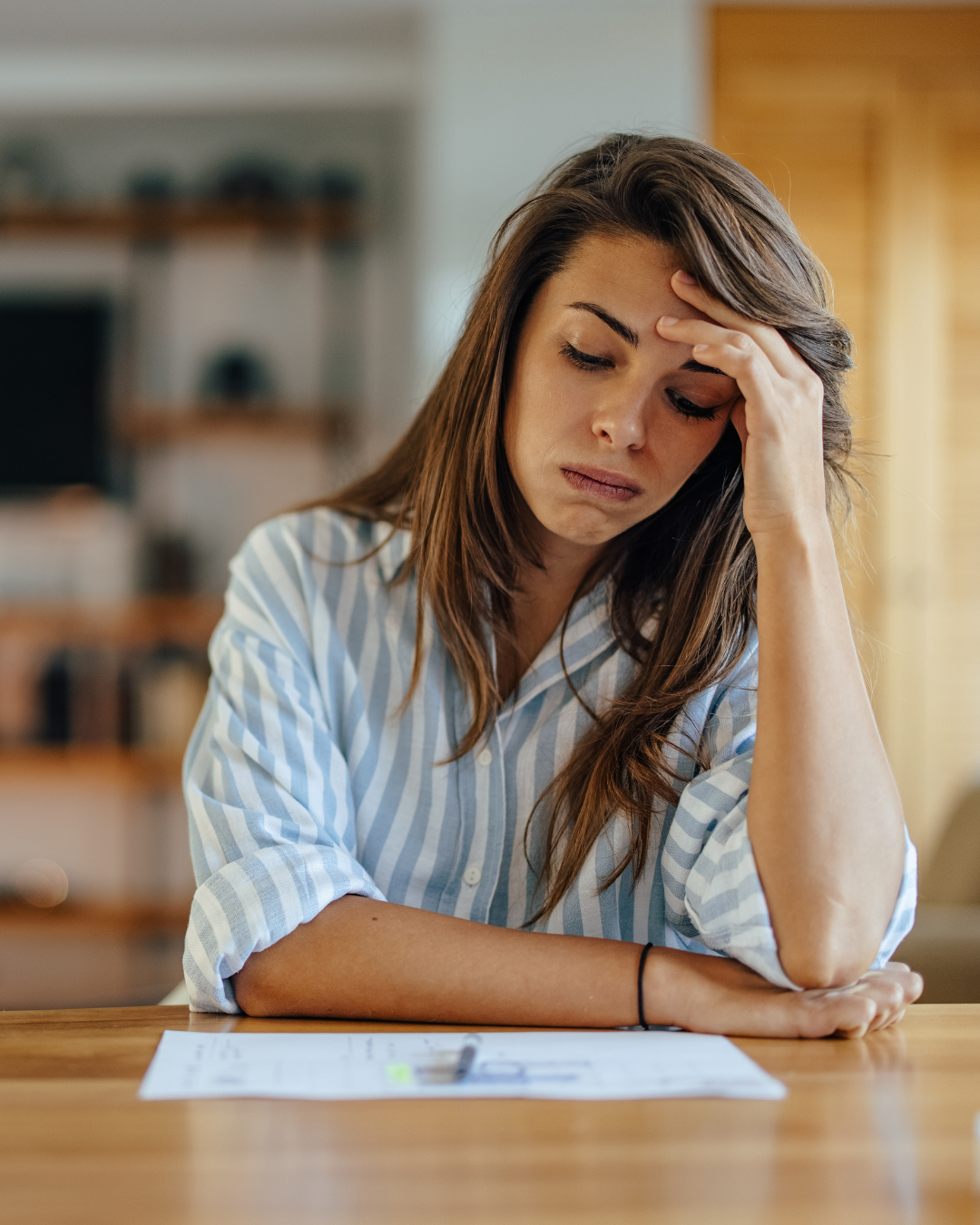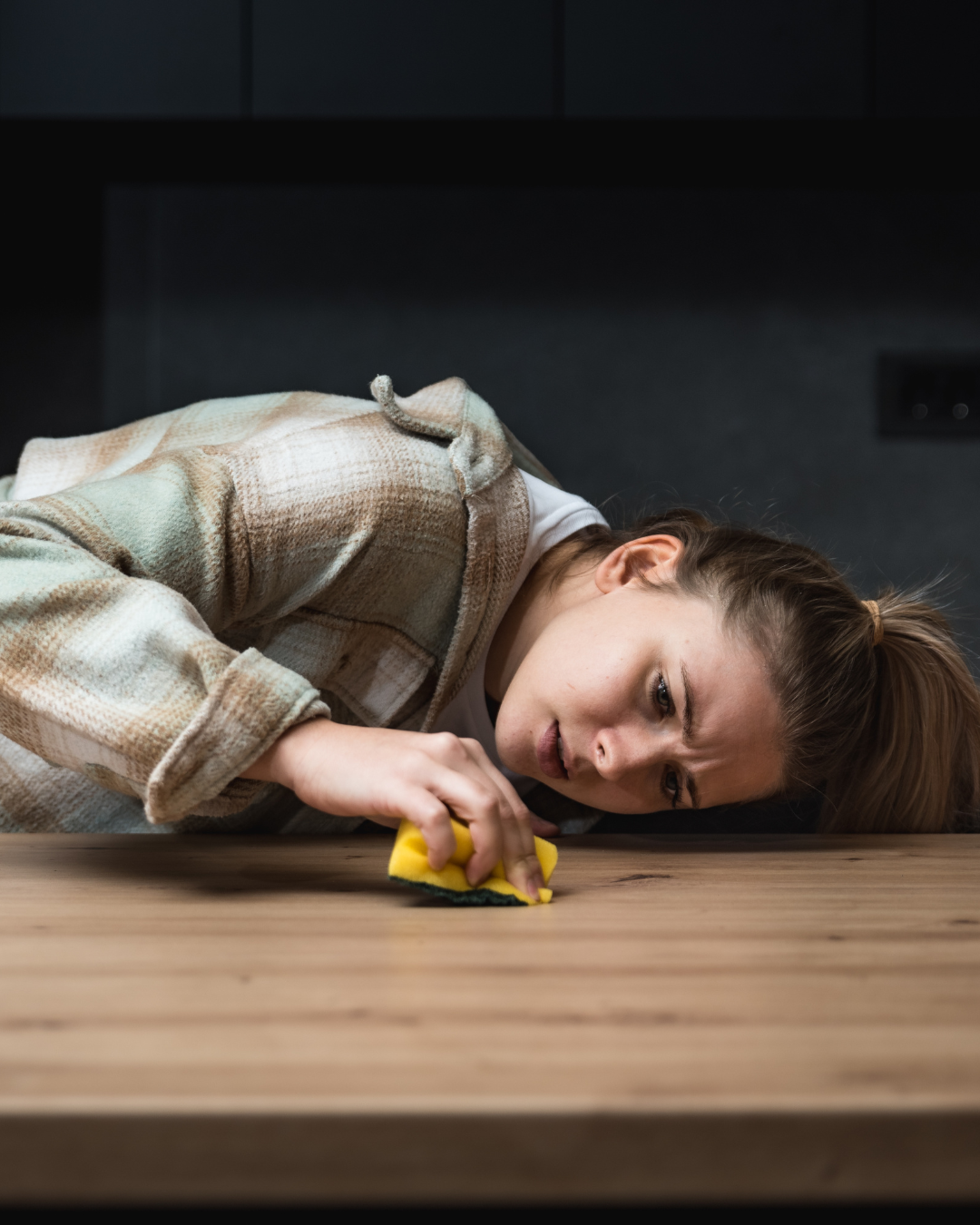Why is anxiety more common in females? A deep dive into the science, stories, and solutions
You’ve probably heard the phrase, "You worry too much." Maybe you’ve even said it to yourself. But what if your racing thoughts, sleepless nights, and constant overthinking aren’t just personality traits? What if they’re signs of something deeper?
For many women, anxiety doesn’t arrive all at once. It sneaks in slowly, disguised as perfectionism, people-pleasing, or the quiet pressure to hold everything together. It may show up as a tight chest in the middle of a meeting, or as the tears that come out of nowhere while brushing your teeth. And it often goes unseen—because so many women are experts at looking "fine."
At Happy Autumn Counseling, we work with women every day who are navigating this silent battle. Through trauma-informed, culturally grounded care, we help women understand their anxiety—not just as a disorder to manage, but as a message to explore. If you're ready for support, we offer online therapy for anxiety across Texas—so you can begin healing on your terms.
Let’s dive into why anxiety is more common in women, what the science says, and how you can begin to heal from the inside out.
What the research says about anxiety in women
It’s not just a feeling—it’s a pattern backed by decades of research: women are nearly twice as likely as men to develop an anxiety disorder at some point in their lives. According to the National Institute of Mental Health (NIMH), around 23.4% of women in the U.S. experience an anxiety disorder each year, compared to 14.3% of men.
So… why the difference?
A study about women anxiety reveals a combination of biological, psychological, and sociocultural factors behind this disparity:
- Hormonal fluctuations that affect mood-regulating neurotransmitters like serotonin and GABA
- Higher rates of rumination, making women more likely to overthink and internalize stress
- Cultural expectations that pressure women to "do it all" without support
- Increased trauma exposure, especially interpersonal or childhood trauma
- Brain structure differences tied to fear and stress responses
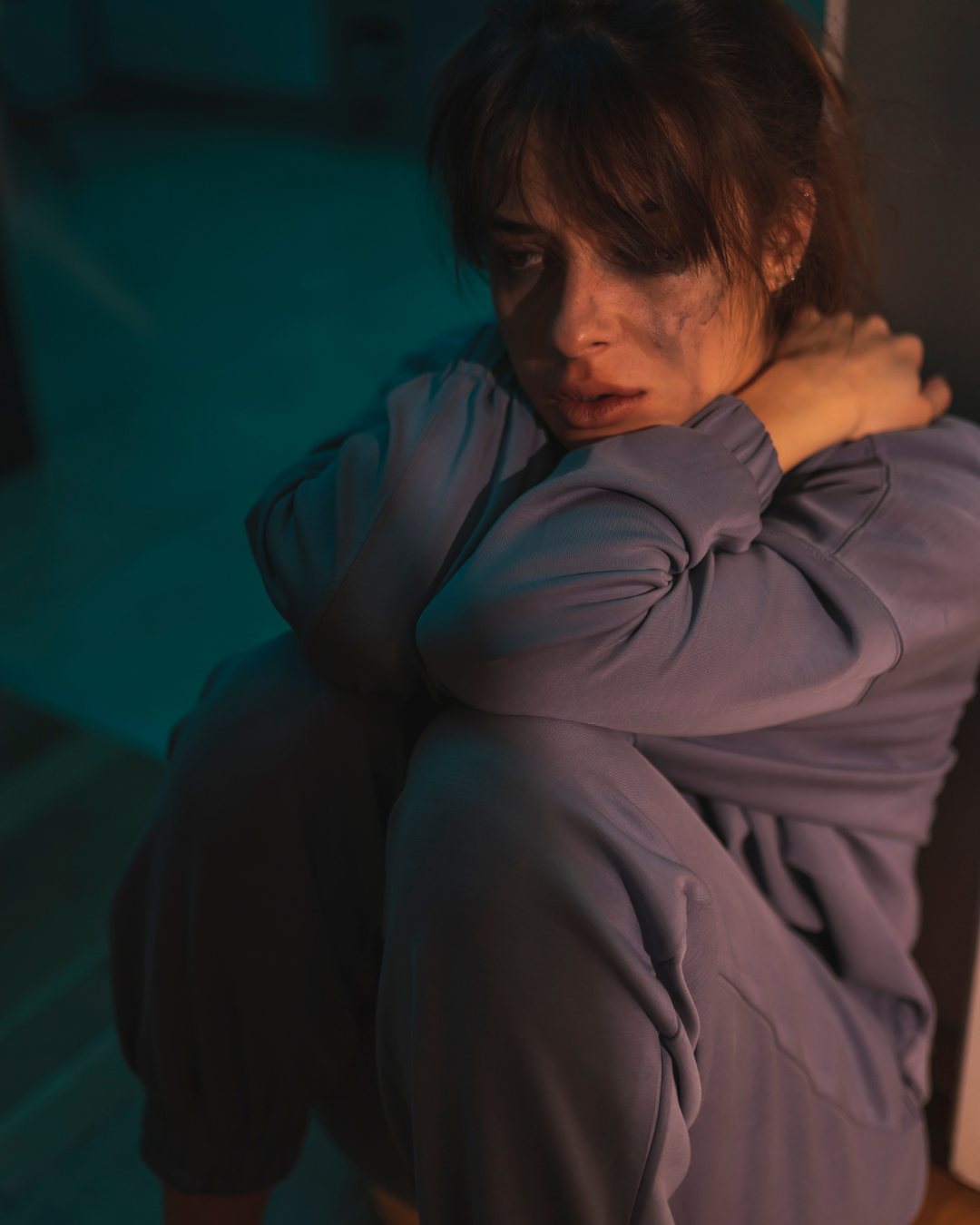
What causes anxiety in females? (and how to recognize it)
Anxiety doesn’t always show up as panic—it often hides in everyday life. Many women experience it through the pressure to succeed, to care for others, or to meet cultural expectations, all while staying emotionally composed.
Here are some common contributors:
- Work & career: High standards, imposter syndrome, and financial worries can quietly fuel burnout and self-doubt.
- Motherhood & caregiving: The invisible mental load, constant comparison, and lack of personal time wear down emotional resilience.
- Relationships & emotional labor: Managing everyone else’s needs while suppressing your own can lead to chronic tension and emotional isolation.
- Cultural identity: Balancing your roots with modern pressures—especially as a first-gen woman—can create an ongoing tug-of-war that heightens anxiety.
Signs you might be experiencing anxiety include overthinking, tension during downtime, avoiding social plans, trouble sleeping, and a constant sense that something might go wrong.
These aren’t flaws. They’re signals. And they’re worthy of care—not silence.

Why do women have more anxiety than men?
Anxiety doesn’t show up in a vacuum—it’s the result of multiple, layered factors that often intersect in women’s lives. From biology to social pressures, there are reasons why women are nearly twice as likely to be diagnosed with an anxiety disorder. Let’s take a closer look:
Biological factors
- Hormonal fluctuations:
Throughout their lives, women experience cyclical and life-stage hormonal changes—from puberty and PMS, to pregnancy, postpartum, and menopause. These fluctuations in estrogen and progesterone can directly affect neurotransmitters like serotonin and GABA, which regulate mood and anxiety. For many women, anxiety spikes align with hormonal changes they don’t always see coming, leading to symptoms that feel overwhelming or “out of the blue.” - Brain chemistry and structure:
Studies suggest women may process fear and stress differently due to differences in the amygdala (the brain’s fear center) and hippocampus (responsible for memory and emotional learning). These regions may be more reactive in women, meaning stressors can feel more intense or harder to “shake off.” - Immune system and inflammation:
Emerging research shows that women may have stronger immune responses—which is good for fighting illness, but not always great for mental health. Immune-inflammatory pathways can produce substances that increase anxiety symptoms. It’s one of the reasons why chronic stress, trauma, or illness can create a lasting impact on women’s emotional states. - Sensory sensitivity:
Some research also indicates women may be more sensitive to sensory input—louder noises, pain, bright lights—which can amplify the experience of overwhelm or panic in anxious moments. These biological sensitivities can make daily life feel more draining.
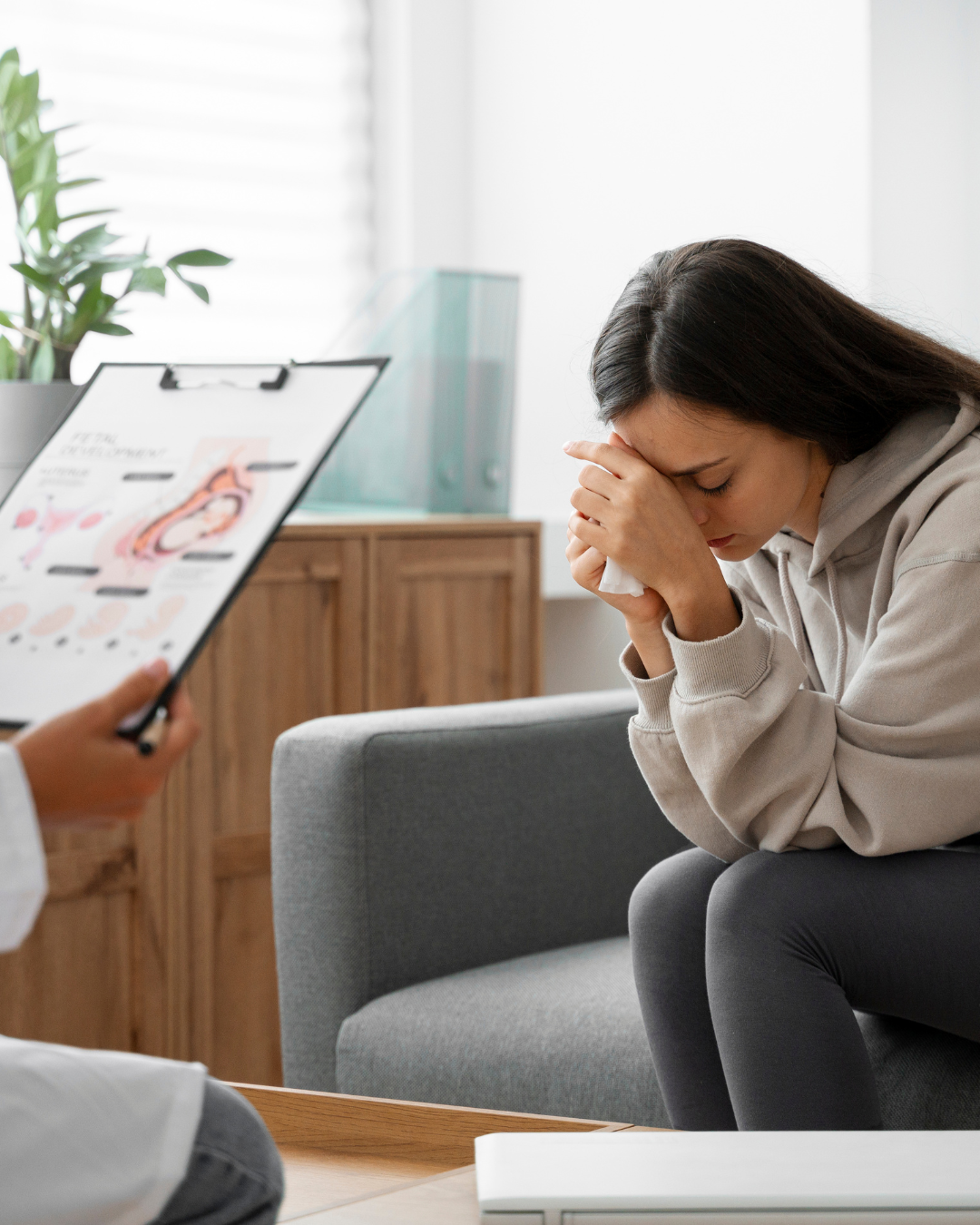
Psychological factors
- Rumination and overthinking:
Many women have been socially conditioned to be emotionally attuned, which is a strength—but it can also mean they’re more likely to replay situations in their heads, dwell on past conversations, or second-guess themselves. This mental loop, called rumination, has been strongly linked to anxiety and depression. - Perfectionism and pressure to “do it all”:
From a young age, women often receive messages that their value comes from being helpful, kind, productive, and emotionally composed—all at the same time. The internalized belief that they must excel at being a mother, a partner, a professional, and a friend can lead to chronic anxiety about performance and failure. - People-pleasing and boundary collapse:
Many women—especially first-generation daughters—grow up learning to put others’ needs first. Saying yes becomes a habit, even when it leads to burnout. Over time, this disconnection from one’s own needs can become a breeding ground for anxiety. - Stress response and emotional regulation:
Women may be more prone to emotional stress responses and often use coping strategies that are inward-focused (like self-blame or internalizing distress) rather than action-based. Without the right tools, this can make anxious thoughts spiral quickly.

Sociocultural factors
- Caregiving and emotional labor:
Whether caring for children, aging parents, or managing households, women often shoulder invisible labor. Even in dual-income households, studies show women tend to carry more of the emotional load—scheduling appointments, remembering birthdays, managing feelings. This chronic multitasking takes a toll on the nervous system and can quietly escalate anxiety. - Body image and media pressure:
Social media and societal beauty standards constantly tell women they’re not enough—unless they’re thinner, younger, happier. This bombardment contributes to body dissatisfaction and persistent self-comparison, which studies link directly to anxiety and disordered eating. - Exposure to trauma and violence:
Women are statistically more likely to experience sexual assault, domestic violence, and emotional abuse. These experiences often go unprocessed or minimized—especially in cultures that stigmatize mental health—leading to chronic, trauma-induced anxiety symptoms. - Cultural expectations and dual identity stress:
First-generation women, in particular, often walk a tightrope between honoring their cultural values and meeting external societal standards. This emotional tug-of-war can create profound internal conflict and identity-based anxiety—especially when vulnerability and mental health aren’t openly discussed at home. - Economic disparities and work inequality:
Women, especially women of color, are more likely to be underpaid, work in undervalued roles, and have fewer opportunities for advancement. The stress of navigating this economic landscape—often while also being primary caregivers—compounds anxiety over time.
All of these factors don’t just exist in theory—they pile up in real life.
When you’re expected to hold it all together, push through, smile anyway, and not ask for help, anxiety becomes an invisible burden you carry alone.
But it doesn’t have to be this way.
The first step is understanding why you feel the way you do—and realizing it’s not your fault. Your anxiety is not a weakness or failure. It’s a response to the pressures and patterns you’ve been living under.
And with the right support, it
can get lighter.
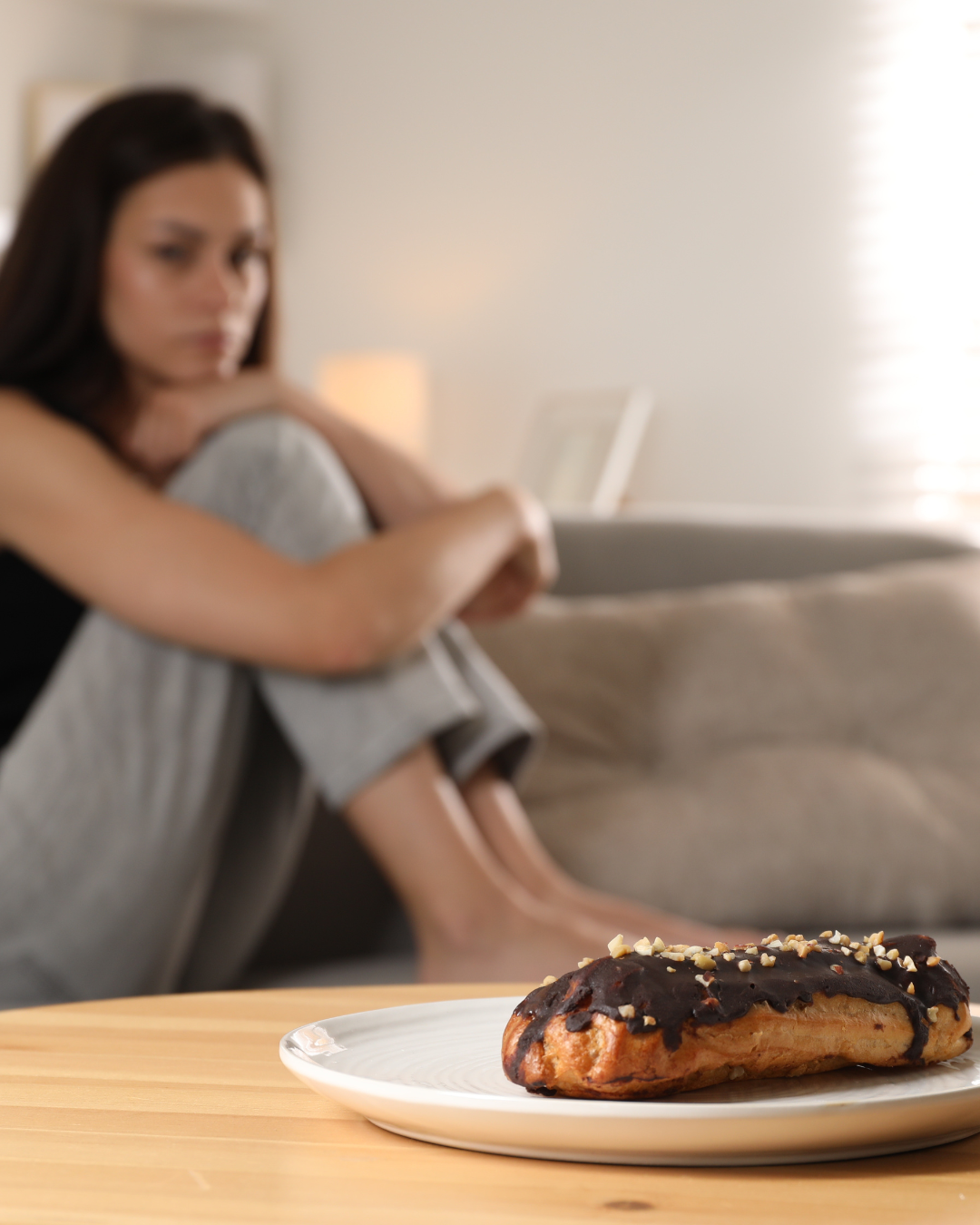
Why many women don't recognize anxiety
So many women don’t realize they’re experiencing anxiety because:
- They’ve learned to minimize or mask their emotions
- They grew up in environments where stress was normalized
- They associate anxiety with panic attacks, not the subtler signs like overthinking or fatigue
- They’ve been praised for being "strong," "resilient," or "always on it"
In therapy, we often hear phrases like:
- "I thought this was just my personality."
- "I didn’t know other people didn’t feel this way."
- "I figured everyone else was coping better than me."
Naming it is the first step. But healing requires more than awareness. It requires a safe space to unpack it all.
How therapy helps women heal anxiety at the root
Therapy isn’t about “fixing” you—it’s about helping you feel safe, seen, and in control again.
At Happy Autumn Counseling, we support women by:
- Exploring your story: Where did your anxiety start? What beliefs or patterns are holding you back?
- Regulating your nervous system: We teach breathwork, grounding, EMDR, and boundary-setting to help you feel steady.
- Tailoring therapy to real life: Whether you’re balancing work, motherhood, or both, we adapt to your pace. Online therapy for women facing anxiety makes it even more accessible.
You don’t have to keep living in survival mode. Therapy helps you reconnect with calm—from the inside out.
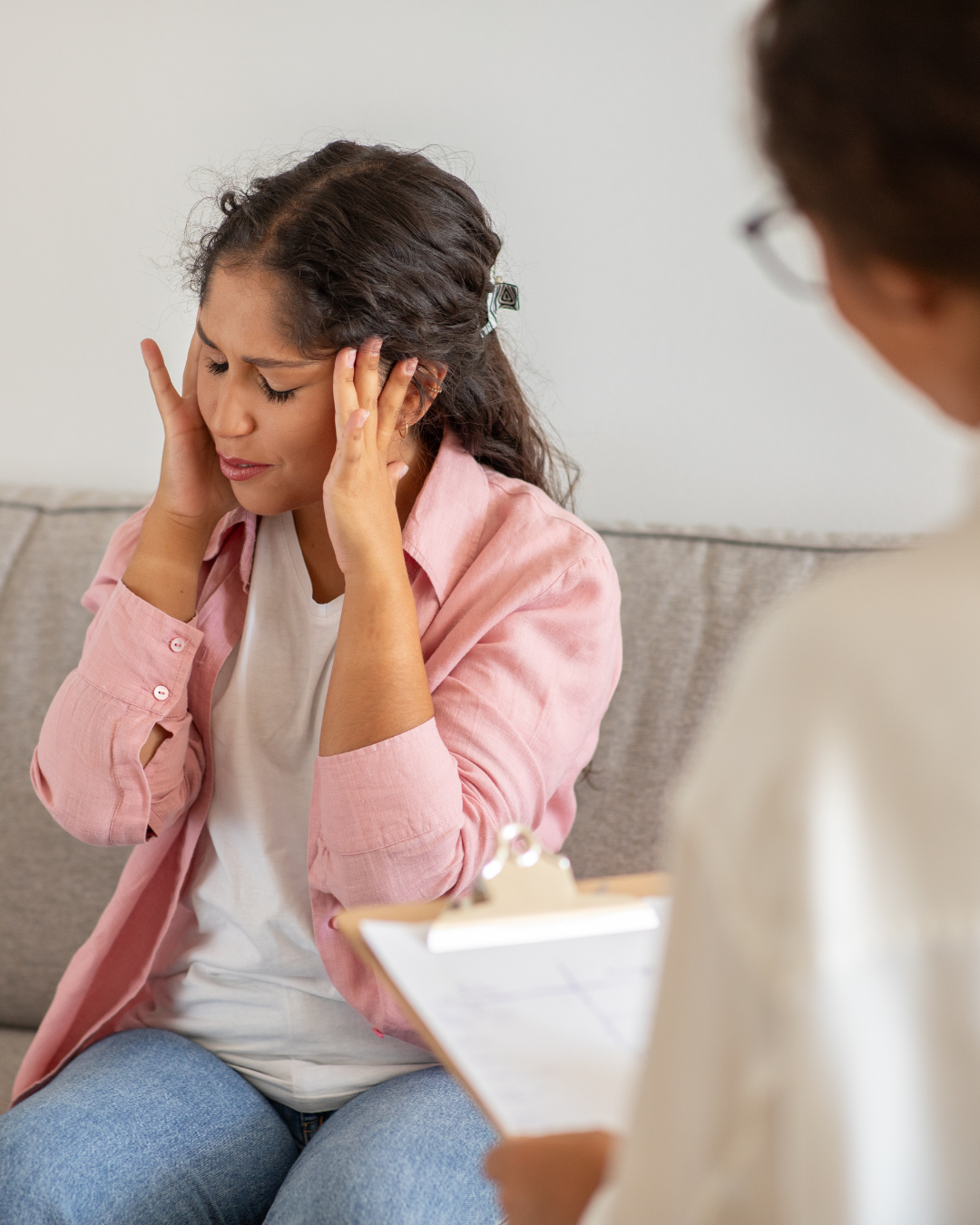
Ready to take the first step toward healing?
You deserve to feel steady, safe, and supported.
At Happy Autumn Counseling, our bilingual therapists specialize in online therapy for women. We’re here to walk alongside you as you navigate anxiety, uncover the root causes, and build a more peaceful relationship with yourself.
Your healing starts with one step. Let’s take it together.
*AI Disclosure: This content may contain sections generated with AI with the purpose of providing you with condensed helpful and relevant content, however all personal opinions are 100% human made as well as the blog post structure, outline and key takeaways.
*Blog Disclaimer: Please note that reading our blog does not replace any mental health therapy or medical advice.
The content shared on this blog is for informational and educational purposes only and does not constitute therapeutic advice or a substitute for professional mental health services. Reading this blog does not establish a therapist-client relationship. If you are in need of mental health support, please seek help from a licensed professional in your area.
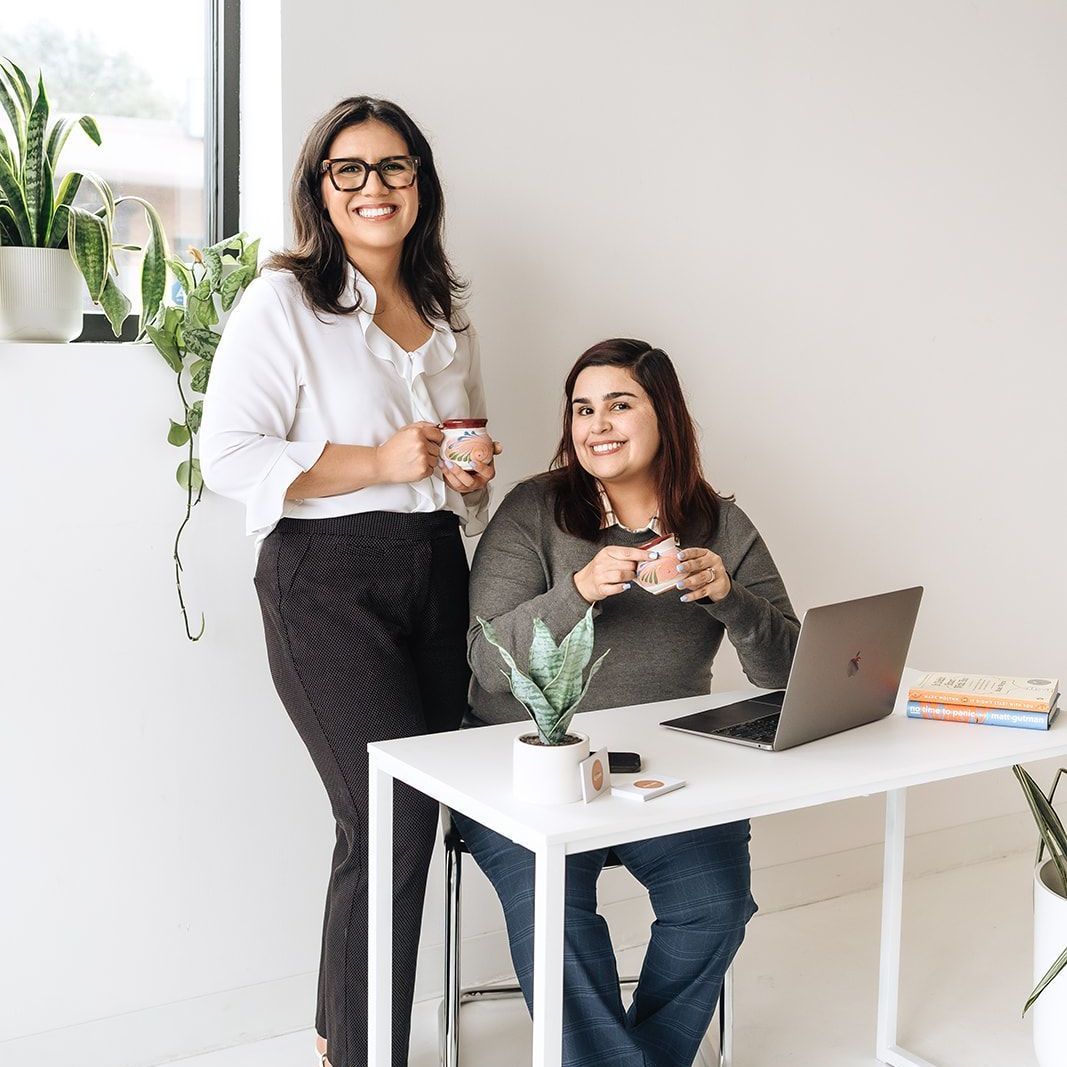
Hello! you
Welcome to Happy Autumn Counseling.
We are a virtual group practice of bilingual therapists passionate about supporting you through life’s challenges. Whether you’re dealing with anxiety, trauma, OCD, substance abuse, or any mental health issue, our goal is to help you regain control, tackle stress, and empower you to thrive.
Grab my free journaling workbook
